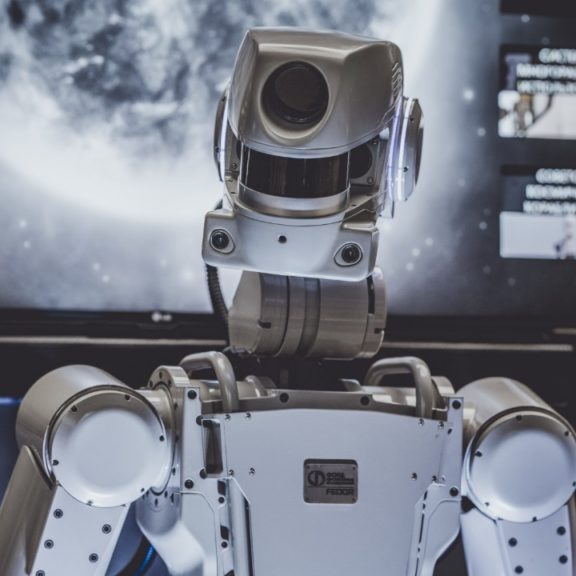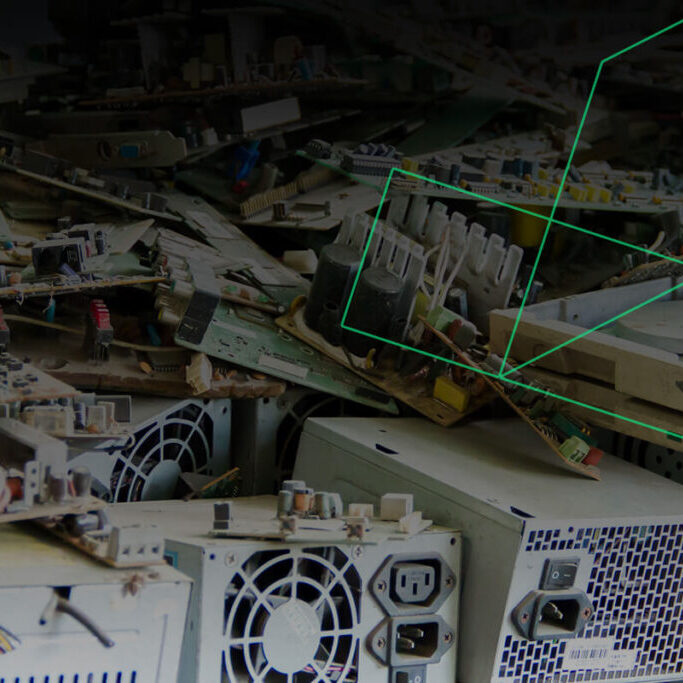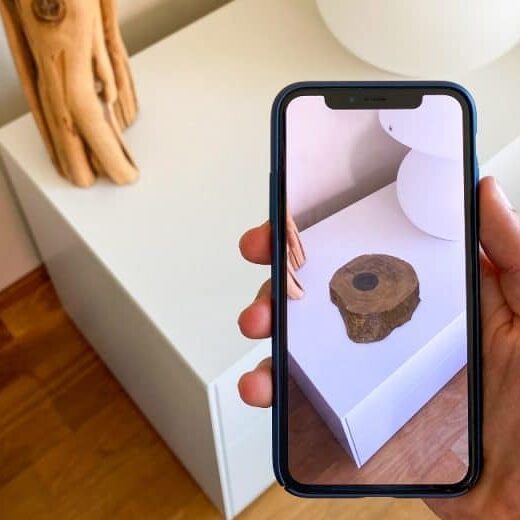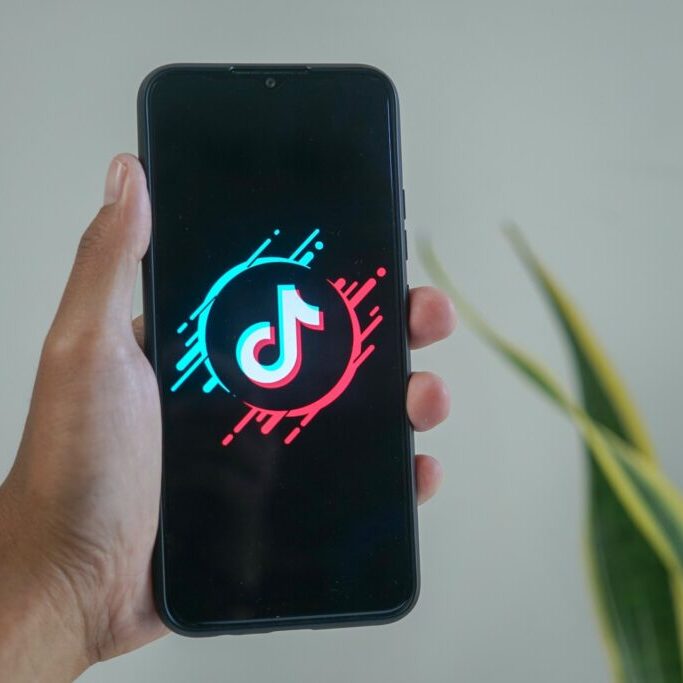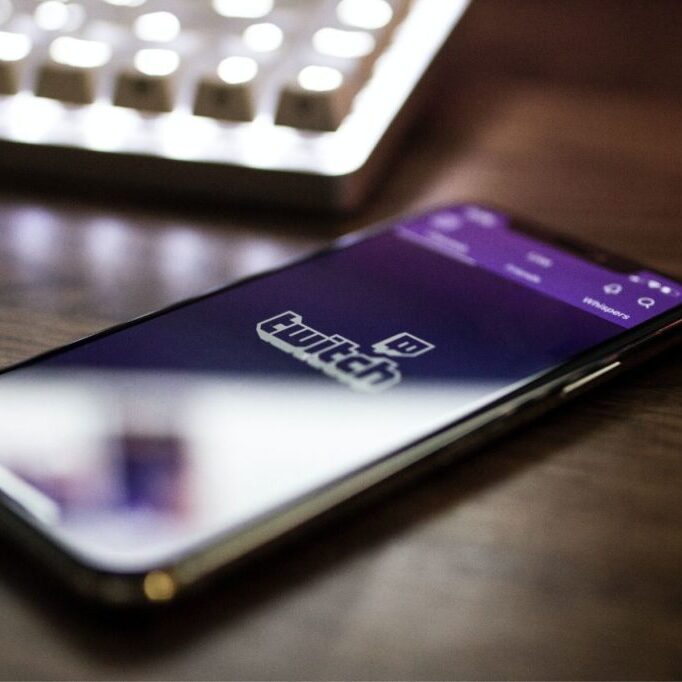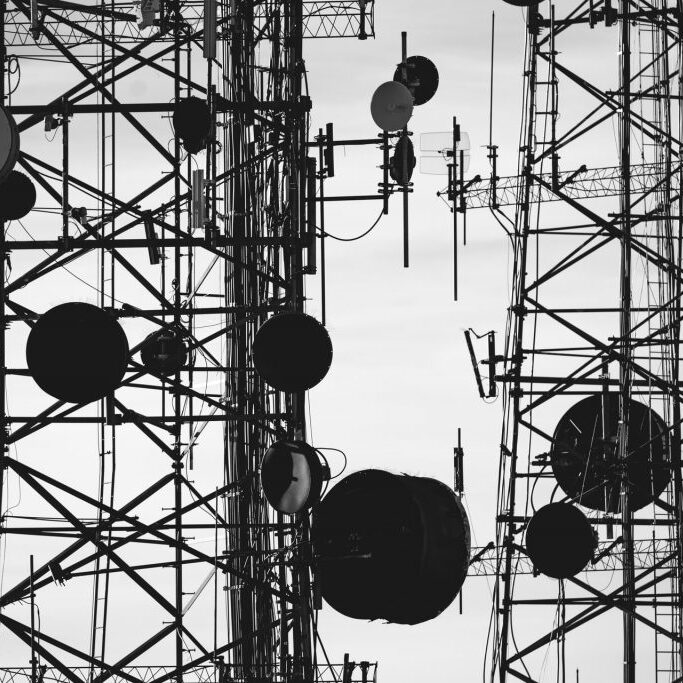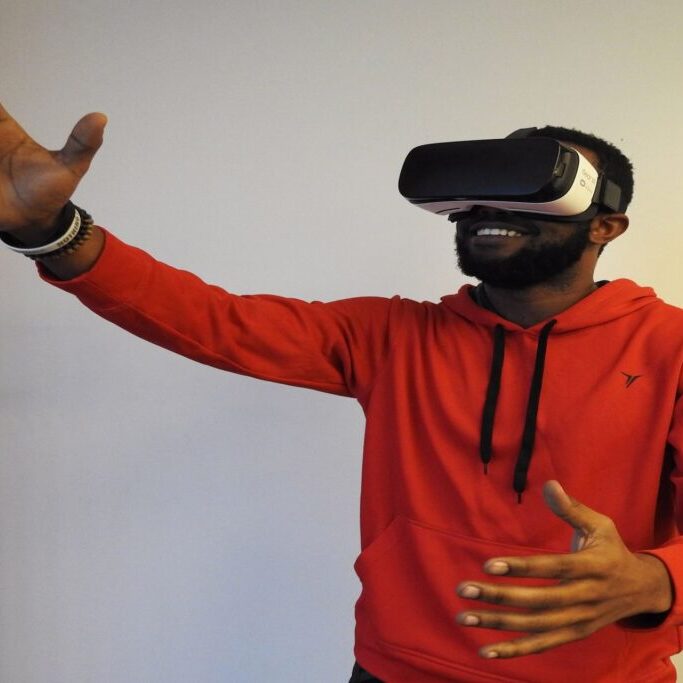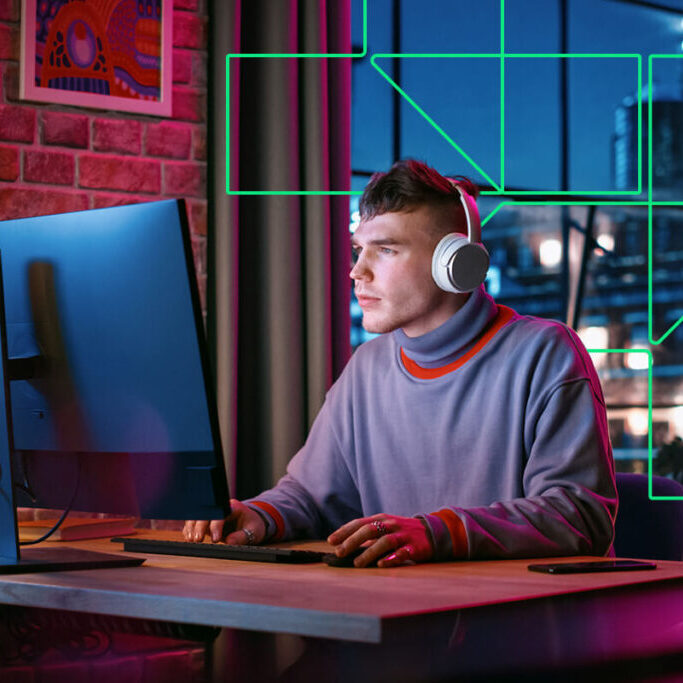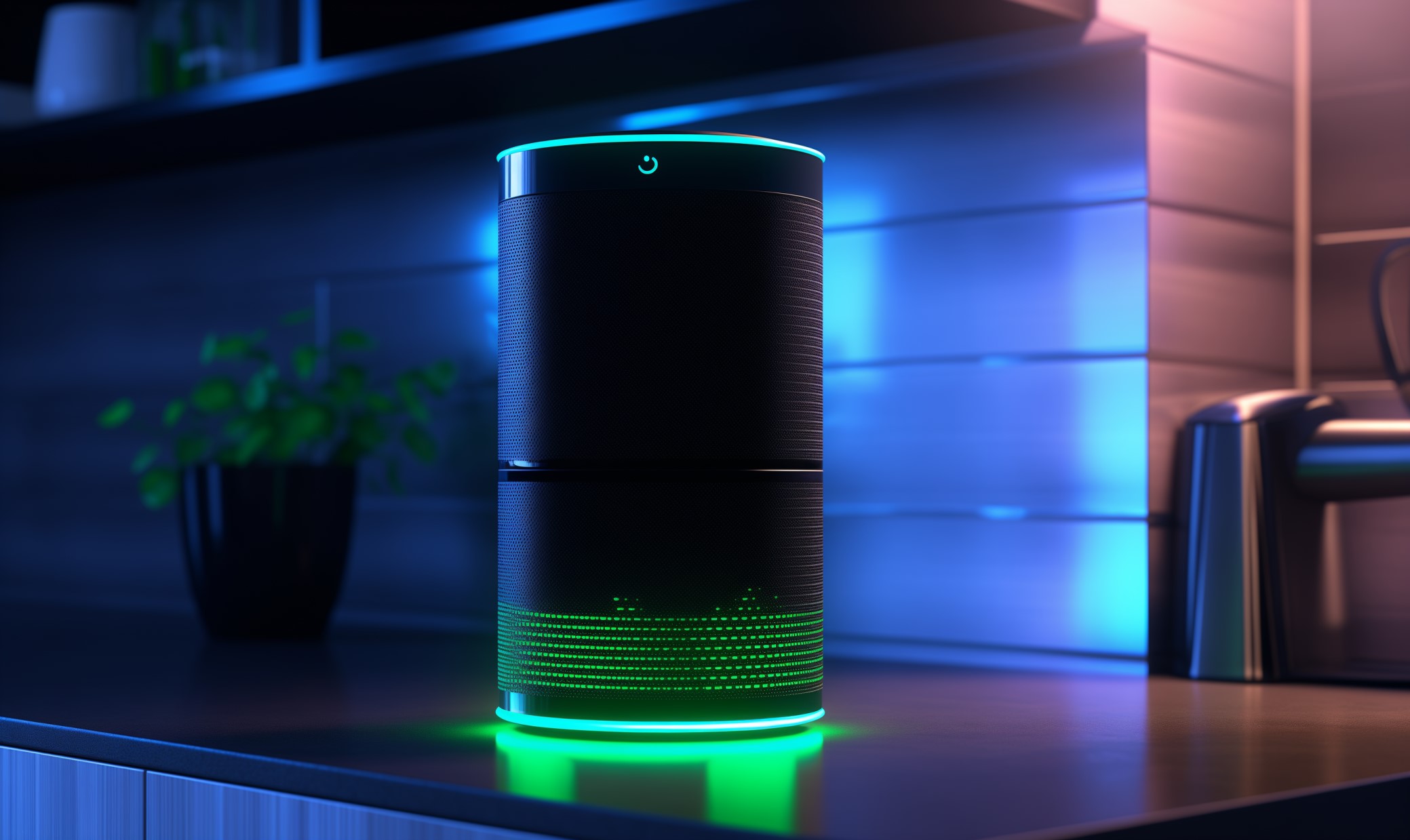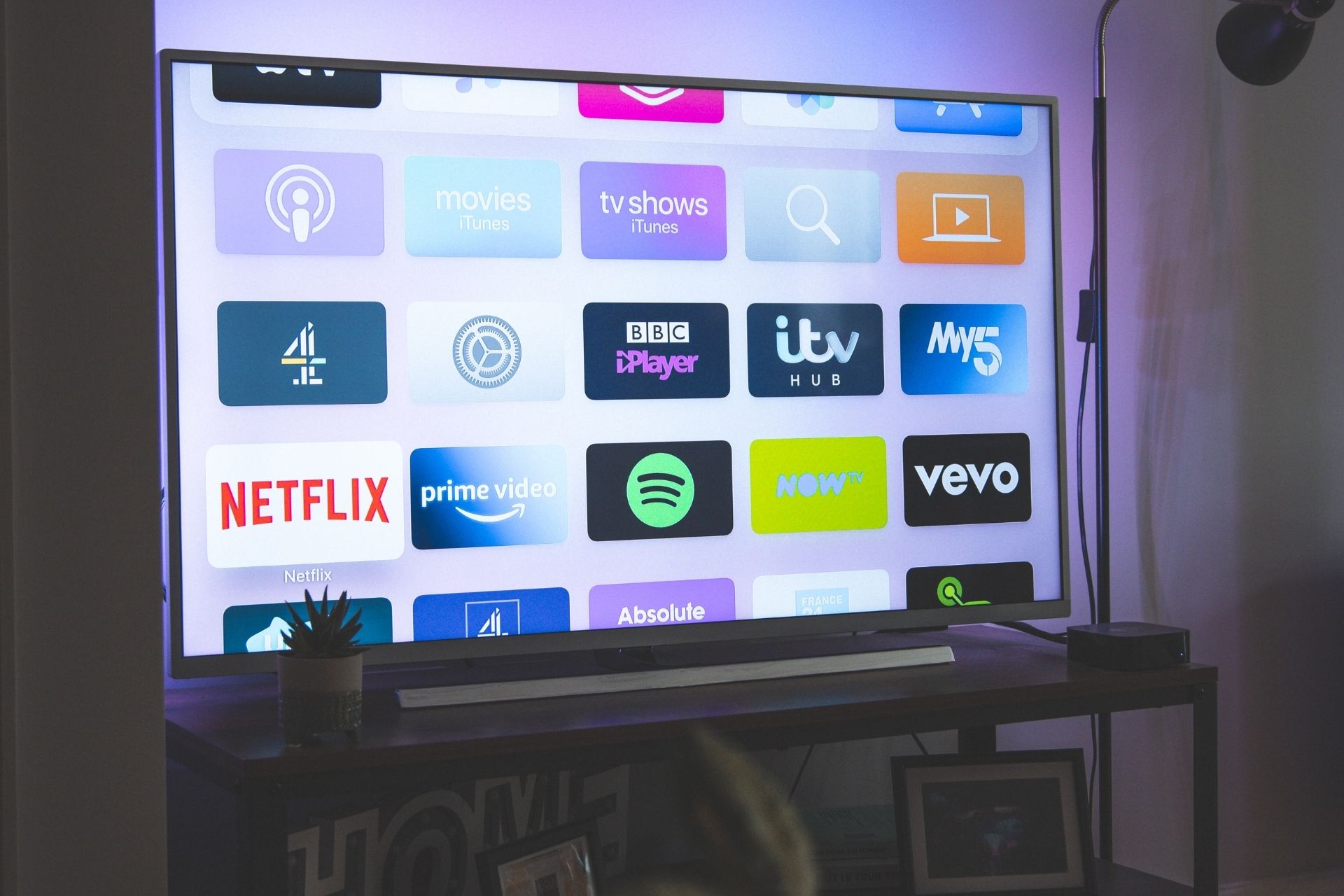The COVID-19 crisis has pushed hospitals to their limits. Surges in patient numbers result in shortages of critical equipment and beds. Healthcare staff, as a result, look for every advantage possible to care for patients while avoiding contracting the disease. This is where IoT in healthcare has come in to help.
One new technology making a considerable difference is the Internet of Things (IoT) — smart devices that send and receive information over the internet. This innovation allows professionals to collect health data and interact with patients remotely, which has been a significant boon for healthcare workers.
Here’s how IoT in health care is helping to fight COVID-19.
Remote Patient Monitoring
One of the most critical features IoT devices can provide is remote communication and data tracking. With proper gadgets, hospital staff can check in on patients with COVID-19 from afar — without potentially exposing others to the virus.
For example, in the Circolo hospital in northern Italy, one of the European nations hit hardest by the coronavirus, hospital staff started using internet-connected robots, each equipped with a camera, screen, microphone and medical monitoring equipment. These bots took patient vitals, such as blood pressure and oxygen saturation, and allowed communication with doctors or relatives.
Right now, some hospitals are facing an extreme shortage of beds. Plus, for patients who aren’t sick with COVID-19, the hospital isn’t the safest place to stay. IoT devices can help doctors keep tabs on patient health when they’re not in the same location, limiting infection rates.
Advanced Asset Tracking for Hospitals
As case numbers rise, many hospitals struggle to track and manage essential hospital assets — like ventilators, masks, gowns, testing kits and beds. A simple internet-connected tracking system can tell the hospital staff how many assets are available and are in use.
Longer wait times for beds often lead to worse health outcomes for patients. An asset tracking system can notify administrative staff when a bed is available, minimizing the time sick patients wait.
Suppose a doctor or nurse needs a piece of mobile equipment, like a ventilator or patient monitor. They can determine its availability and exact location immediately. The result is less time searching the premises and improved care.
Collecting Data on COVID-19’s Spread
IoT devices may also be valuable in tracking how the virus spreads. Smart thermometer manufacturer Kinsa made headlines in April when it put user temperature data up for public access on its website. They monitored instances of atypical illness by plotting the number of users with elevated body temperatures — a common symptom of COVID-19 — on a county-by-county map.
Kinsa hopes that the aggregated health data can help individuals see how the coronavirus impacts their area and potentially make better decisions. According to Robyn Gershon, a clinical professor of epidemiology at New York University, many health experts follow the data. Because it’s available in real time, this information allows people to see changes in the virus’s spread before official reports.
Fighting COVID-19 With IoT in Healthcare
We are now several months into the COVID-19 crisis. Some states, encouraged by a slow-down in new cases, are beginning to reopen their economies. It may cause the outbreak to continue well into the future.
Hospitals will remain under serious pressure during this time. IoT healthcare devices — which allow hospitals to keep tabs on patient health and essential equipment — will remain a valuable asset for facilities. They may also become a standard part of professional care in the future.
Recent Stories
Follow Us On
Get the latest tech stories and news in seconds!
Sign up for our newsletter below to receive updates about technology trends


